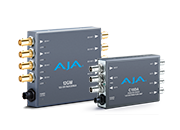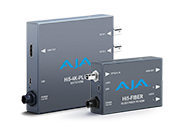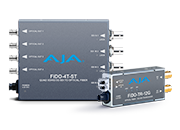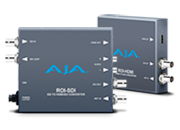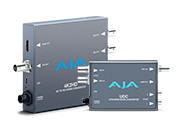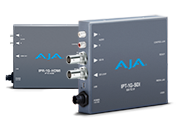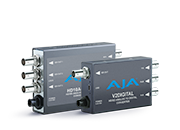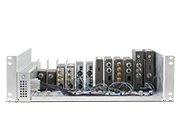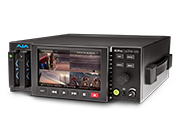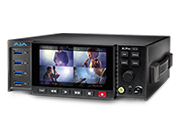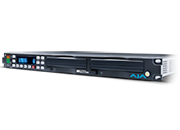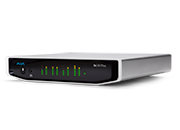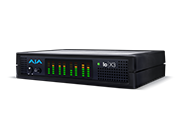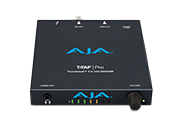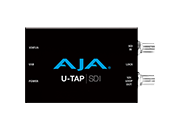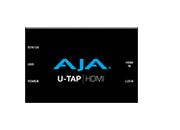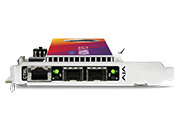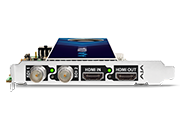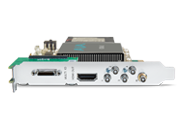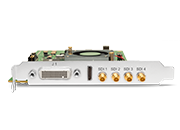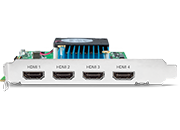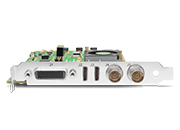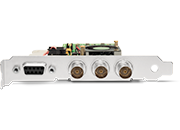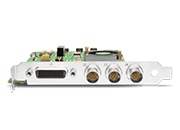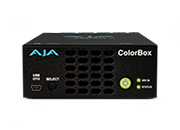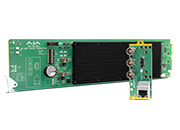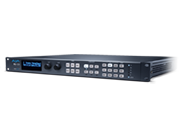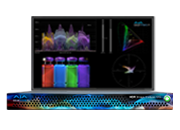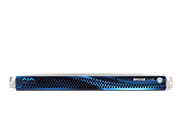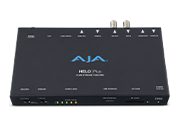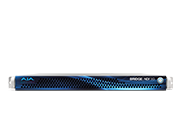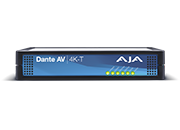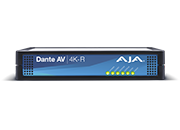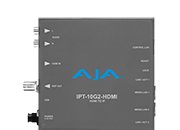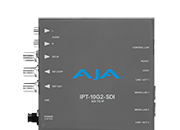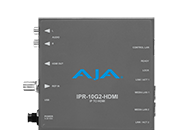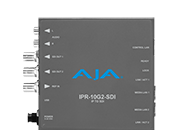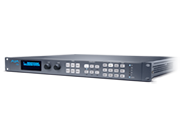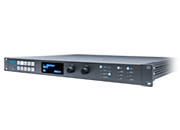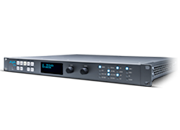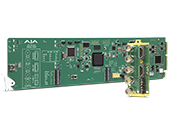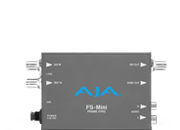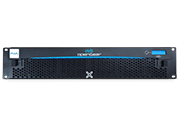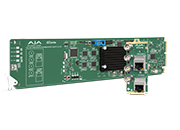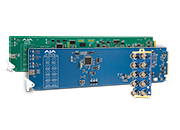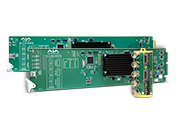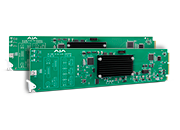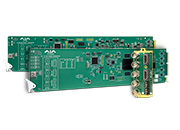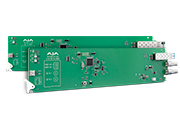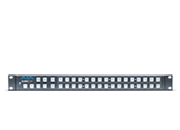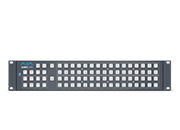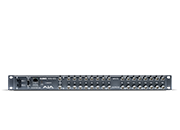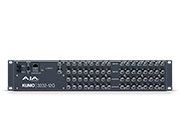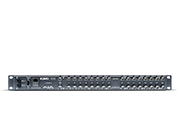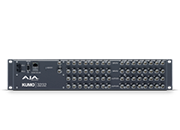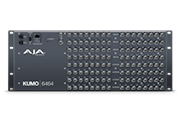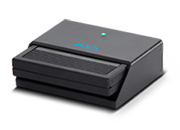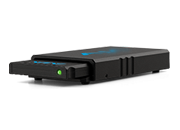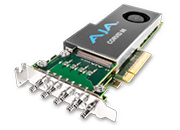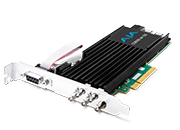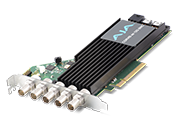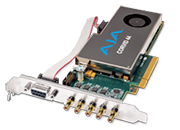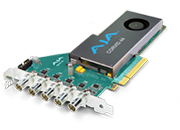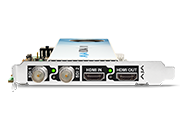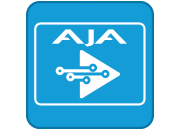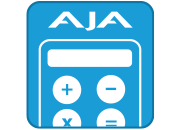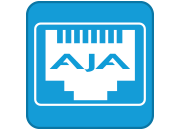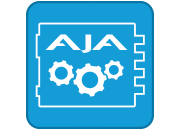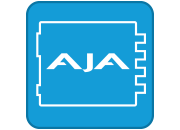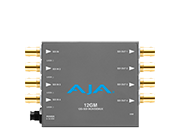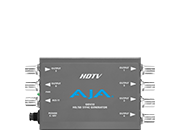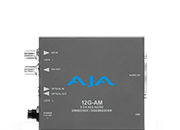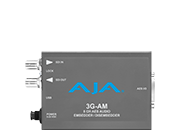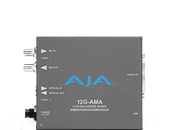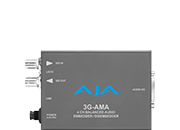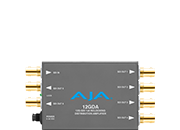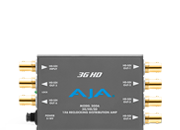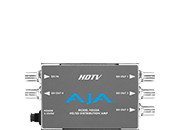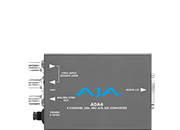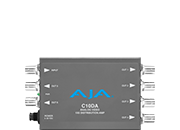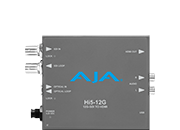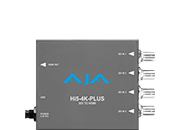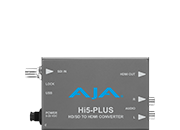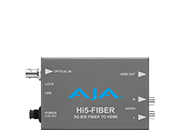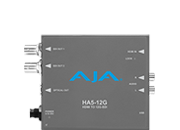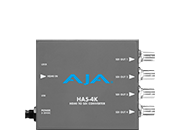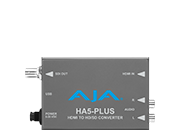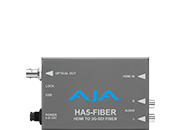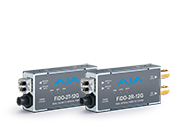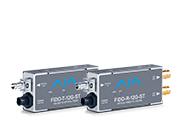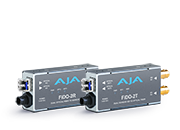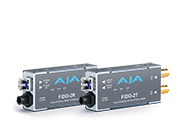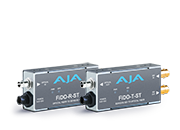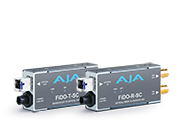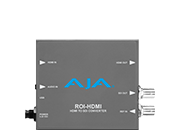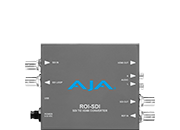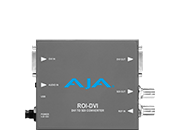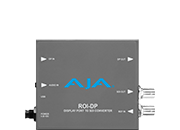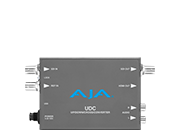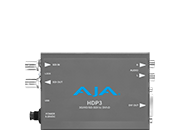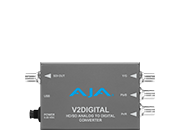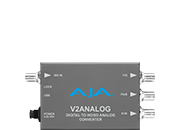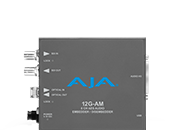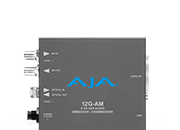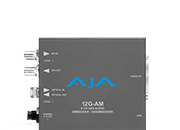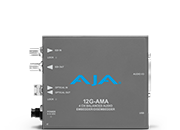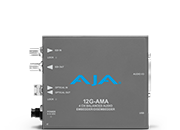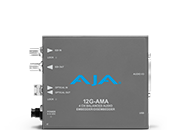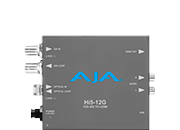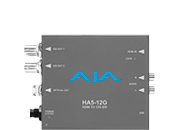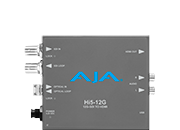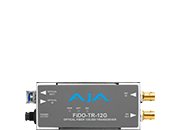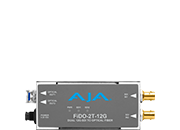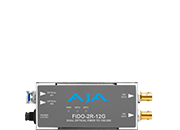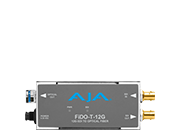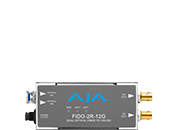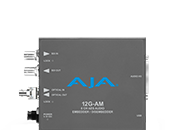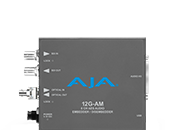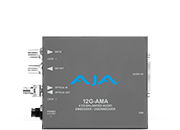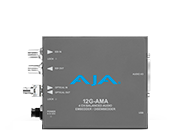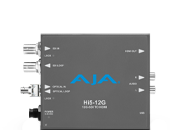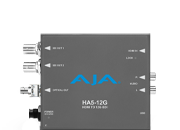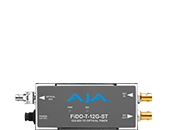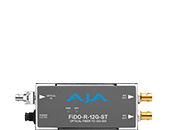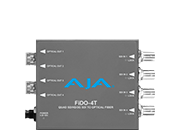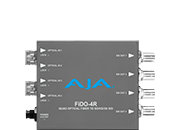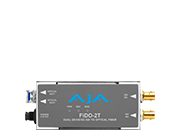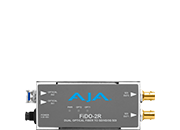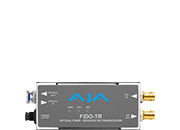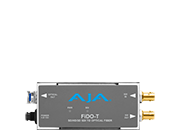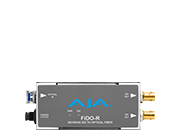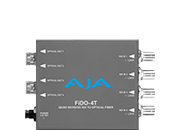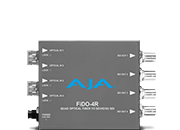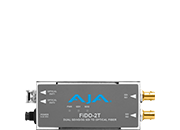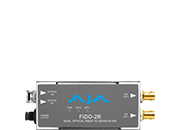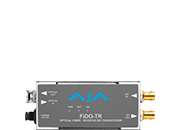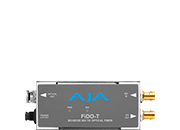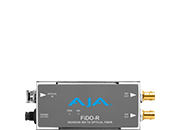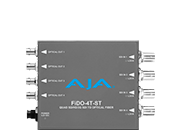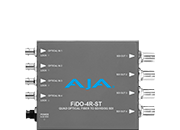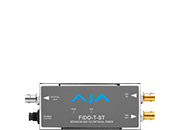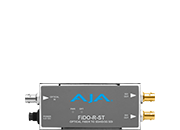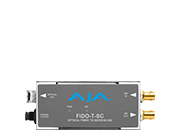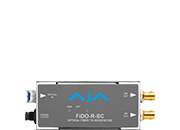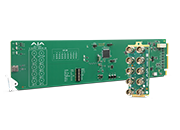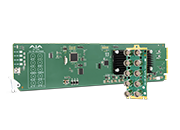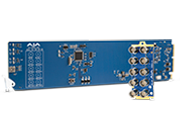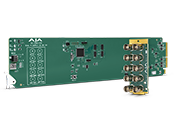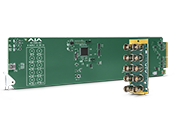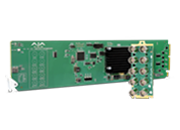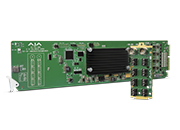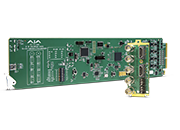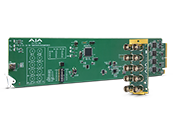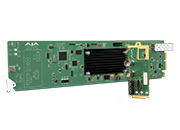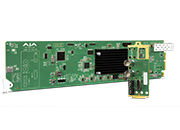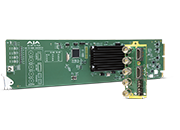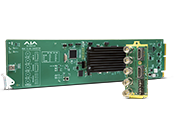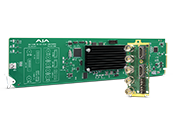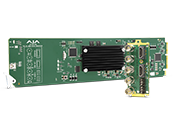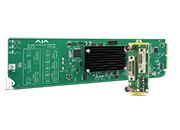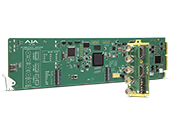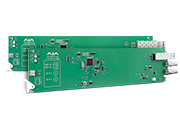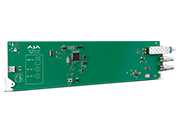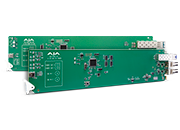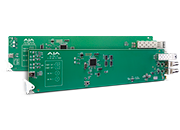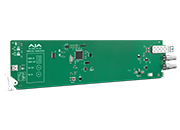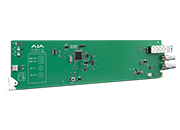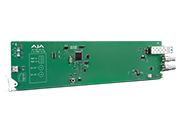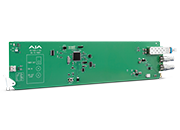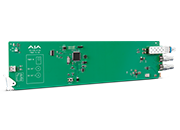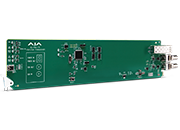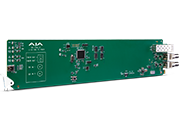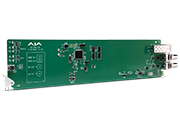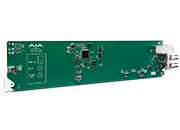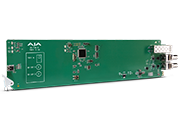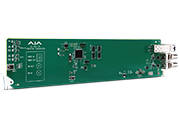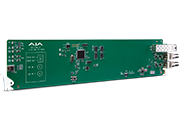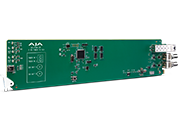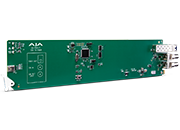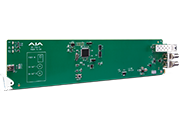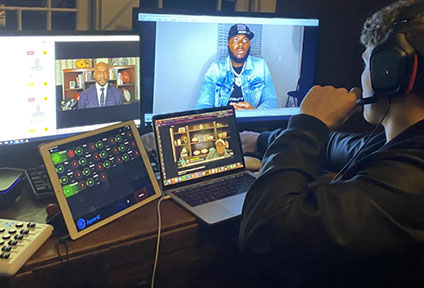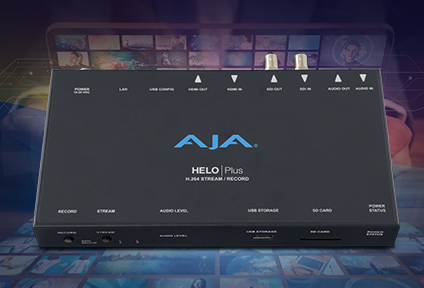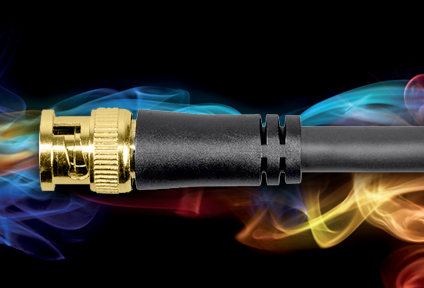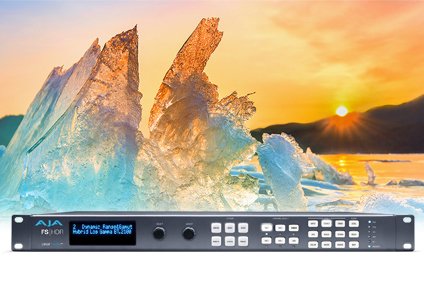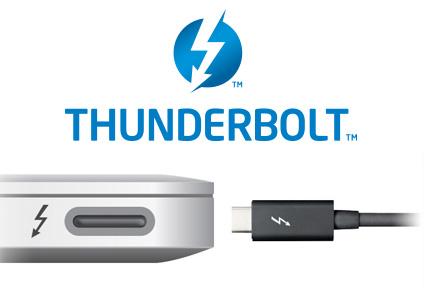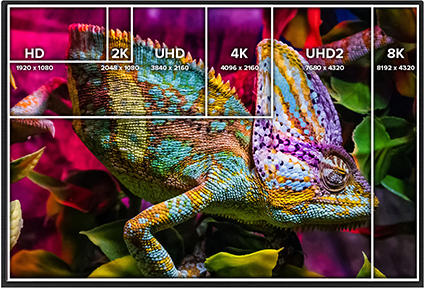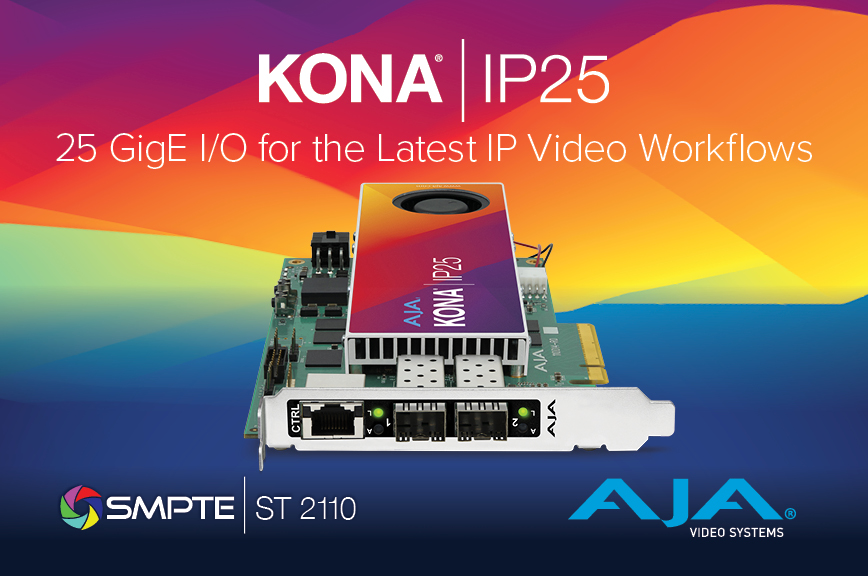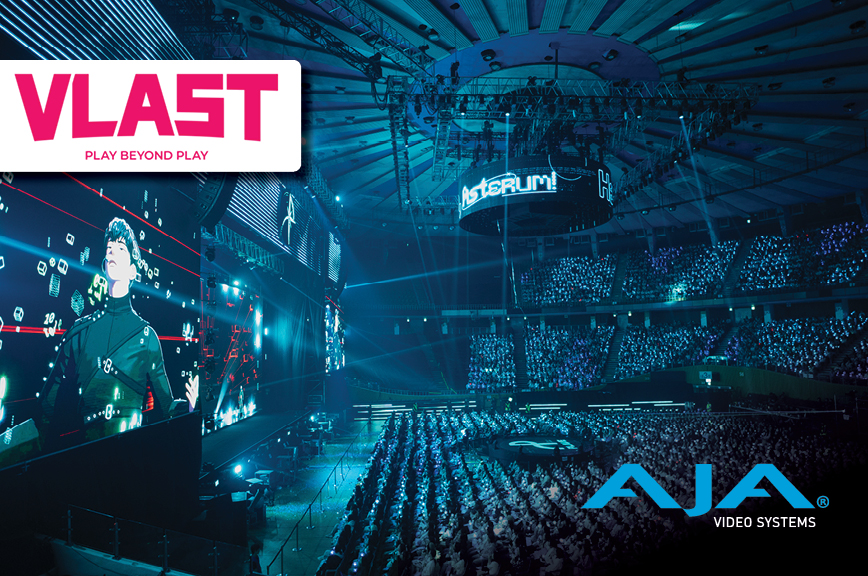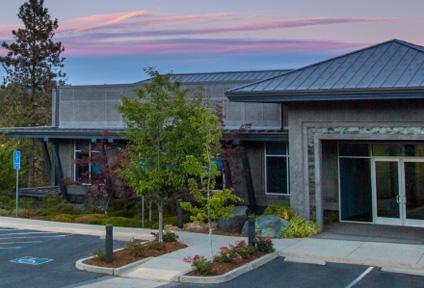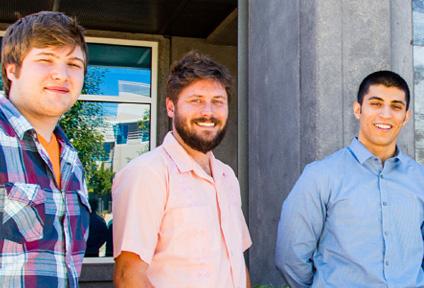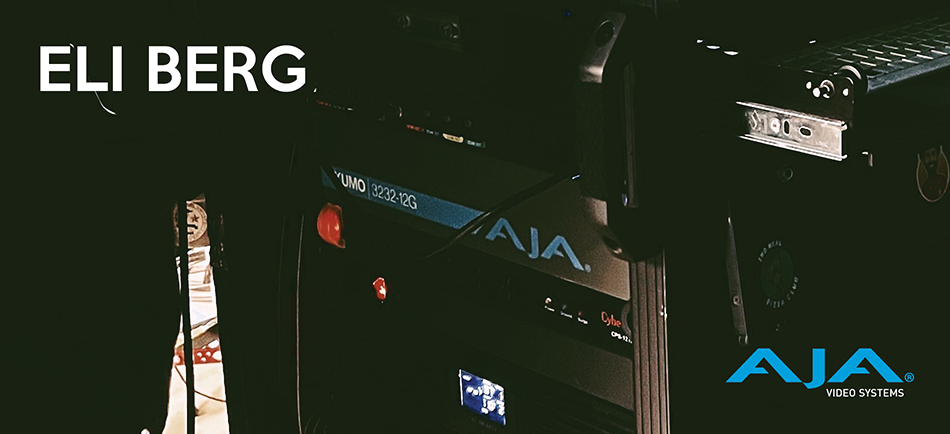DIT Eli Berg on Delivering Top-Notch Quality Imagery While Having Fun
August 22, 2023
Connecting on-set and post-production realms in today’s era of digital filmmaking, digital imaging technicians (DITs) have become trusted resources on-set. They ensure the proper on-set workflow and setup for capturing the cinematographer’s vision and can effectively make or break a project. Seasoned DIT Eli Berg is well aware of the pressures that come with the territory. As a freelance DIT, he’s worked on a wide range of projects, from Academy Award-winning feature “Jojo Rabbit” to 1970s comedy series “Minx,” and countless commercials. Though he customizes his technical approach for each project, Berg has a few favorite pieces of gear that he regularly leans on. Read on to learn how he got his start in the industry, where he thinks it’s headed, and why AJA’s KUMO 3232-12G router is the linchpin of his cart.

How did you become a DIT?
When I first moved to Los Angeles, I fell into a 1st AC (Assistant Camera) role, but quickly shifted into 2ndAC, which was more my speed as it was technology focused. Then, I met DP Mihai Malaimare Jr., who needed a DIT for an MTV VMA commercial. He told me what camera he was going to use, so I learned it as fast as I could, then built a DIT cart out of a 2nd AC cart, and the rest is history. I’ve been working with Mihai and other DPs as a freelance DIT for the past 15 years. I love the collaborative nature of it, and how it allows for creativity without the upfront stress. Our stresses come on the back end. DITs are a tool for DPs to maintain control of the image, so we want to make sure the footage is captured correctly and in the right specs.
What kinds of projects do you work on?
I've gotten into a rhythm where I’ll handle one movie or a long form narrative project per year, then fill the remaining time with commercial work and I really like that lifestyle. As the DIT, I choose my projects based on the DP and the relationship I have with them since we’ll be spending so much time together. The whole process should be fun; there’s no reason to be unhappy. We’re telling amazing stories and I’d like to think the joy I have on set helps the whole department.
I did “Minx” season one because of the DP, Jason Oldak, who I’ve known for a long time. He did something special with the look that was interesting and retro, since it was a period comedy, and it was just a fun experience. I also recently finished a movie with Mihai and the entire camera crew was really tight by the end. Our working dynamic is carefree but also very professional, because ultimately, we want to get the best quality images.
How do your approaches to long and short form projects differ?
I have had the luxury of working on bigger, slower moving features that aren’t shooting tons of pages per day, which is nice. Commercial projects are much faster so I’m usually downloading and transcoding on my own, and don’t have a loader or utility. AJA’s KUMO 3223-12G SDI router is so useful, because it has so much functionality built in, whether I’m doing it all on my own for a project, or I need to route signals to multiple destinations.
Tell us more about your DIT cart.
It’s my responsibility to make sure the DP and camera crew are completely focused on the creative aspects of production, so I’ve customized my cart to be ready for any situation. I know how to deal with problems on set, but when a piece of gear isn’t working properly it stresses me out. When that happens, I’m limited to what I can contribute creatively, because I’m stuck pulling apart my cart to figure out why an IP address is working, or troubleshooting another problem, so I make a point of prioritizing gear that’s consistent and that I know will work every time, like KUMO 3232-12G. It’s fantastic and I don’t have to worry about it failing on me. Regardless of the project scope, I always have to do video routing so it’s a cart staple.
Describe a typical project workflow.
The workflow varies, but typically, I’m working with a camera connected to a ColorBox, because the DP wants to monitor the live grade on their onboard camera monitor. That image is also fed to my cart, usually in 4K, or more recently 6K, and directly into the KUMO. From there, we send it directly to monitors because it’s already live graded via the color box affixed to the camera. It then goes back into our KUMO and into my monitors to VTR, and into my computer via an input card and then back out of my computer into KUMO again, so I can share the image from my live grading tool of choice. Another monitor feed from my cart also goes through the KUMO and to my waveform monitor. KUMO is the linchpin of the entire thing; it’s rock solid and was very easy to set up with the salvos.
Why is KUMO 3232-12G such a great fit for your needs?
First of all, it’s a huge upgrade from what I was using before – a 12x12 router that didn’t provide enough inputs. I had to patch things together with splitters, but now I have one piece of gear that does it all, which is so much better. My KUMO just works and it’s also one of the most important pieces of the cart. You can’t use a LUT box without routing the image to it, so KUMO 3232-12G is the first stage of everything. I like to have the options afforded by it, and that it’s future proof. I’ve already upgraded all my cables to 12G-SDI so now I’m ready to monitor in 4K.
What sort of demand are you seeing for 4K/HDR monitoring currently?
HDR monitoring is becoming more necessary for movies now because that’s the format that they're streaming. You don’t have to monitor in HDR to finish in it, but it will help the process and make sure there are no surprises in post. This is why having a lot of inputs is beneficial – not only for 4K/HDR monitoring, but also to provide creatives with more options. My last few jobs have had four or more cameras. For “Minx,” I received the live grade image in 6K in the cart, and it went into KUMO 3232-12G and directly to the monitors.
What technology trends are you paying attention to and why?
AI is a really interesting development that’s a super-hot topic all of a sudden. For people like me who aren’t necessarily following AI, it seems like it’s made such a big, unexpected jump forward and it's crazy that it's coming in a creative field so quickly. I think it's another tool that we’ll be using on our carts at some point very soon.
What advice would you offer to people looking to get into your profession?
Find friendly DITs. I love teaching and have helped several people get into the DIT realm. I know some people are very protective about their process and don’t want to share information openly. I don’t agree with that approach, because you aren’t setting people up for success and it’s going to lead to mistakes. There are a lot of really great people out there who will be willing to chat with you and help out, so try to get hooked in with a good community.
Also, before you ask questions about technology, do your own research and see if you can figure it out on your own. Not only is that way more rewarding, but it also sticks in your head a little better. By all means, if you can't figure it out, then reach out and ask, but at least say you gave it a go on your own first. I learned almost all I know as a DIT through doing; it was trial and error for a long time, and I was making it up as I went but it worked out. Fortunately, today’s gear is way more user-friendly.
About AJA KUMO 3232-12G
KUMO 3232-12G offers increased capacity for medium sized configurations while maintaining a compact 2RU profile with support for 12G-SDI/6G-SDI/3G-SDI/1.5G-SDI from 32x 12G-SDI inputs and 32x 12G-SDI outputs. It supports ganged dual and quad port routing control, allowing users to group together multiple inputs and outputs for Dual Link, Quad Link 4K/UltraHD, and 8K/UltraHD2 workflows. KUMO 12G-SDI routers support large format resolutions, high frame rate (HFR) and deep color formats, while reducing cable counts when transporting 4K/UltraHD over SDI. The routers offer network-based and/or physical control using KUMO CP and CP2, and mirror the physical form of AJA’s production-proven KUMO 3232 and KUMO 1616 routers, with a USB port for configuring IP addresses via AJA’s eMini-Setup software. Built to the same quality standards as all AJA products, KUMO 3232-12G is the ideal choice for any situation where a balance of size and capacity are critical, such as mid-sized post facilities and mobile trucks. www.aja.com/kumo-3232-12g
About AJA Video Systems
Since 1993, AJA Video Systems has been a leading manufacturer of video interface technologies, converters, digital video recording solutions and professional cameras, bringing high quality, cost effective products to the professional broadcast, video and post production markets. AJA products are designed and manufactured at our facilities in Grass Valley, California, and sold through an extensive sales channel of resellers and systems integrators around the world. For further information, please see our website at www.aja.com.
All trademarks and copyrights are property of their respective owners.
Media Contact:
Katie Weinberg
Raz Public Relations, LLC
310-450-1482, aja@razpr.com
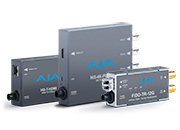 Mini-Converters
Mini-Converters
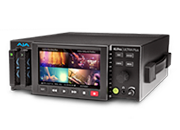 Digital Recorders
Digital Recorders
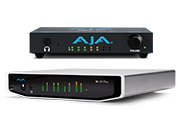 Mobile I/O
Mobile I/O
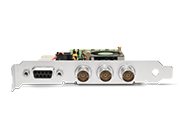 Desktop I/O
Desktop I/O
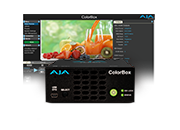 Color
Color
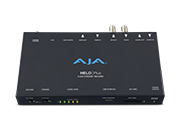 Streaming
Streaming
 AJA Diskover ME
AJA Diskover ME
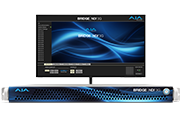 IP Video
IP Video
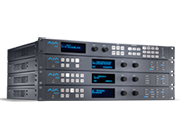 Frame Sync
Frame Sync
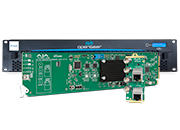 openGear
openGear
 Routers
Routers
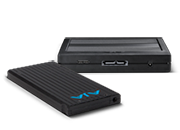 Recording Media
Recording Media
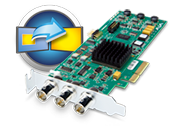 Developer
Developer
 Software
Software
